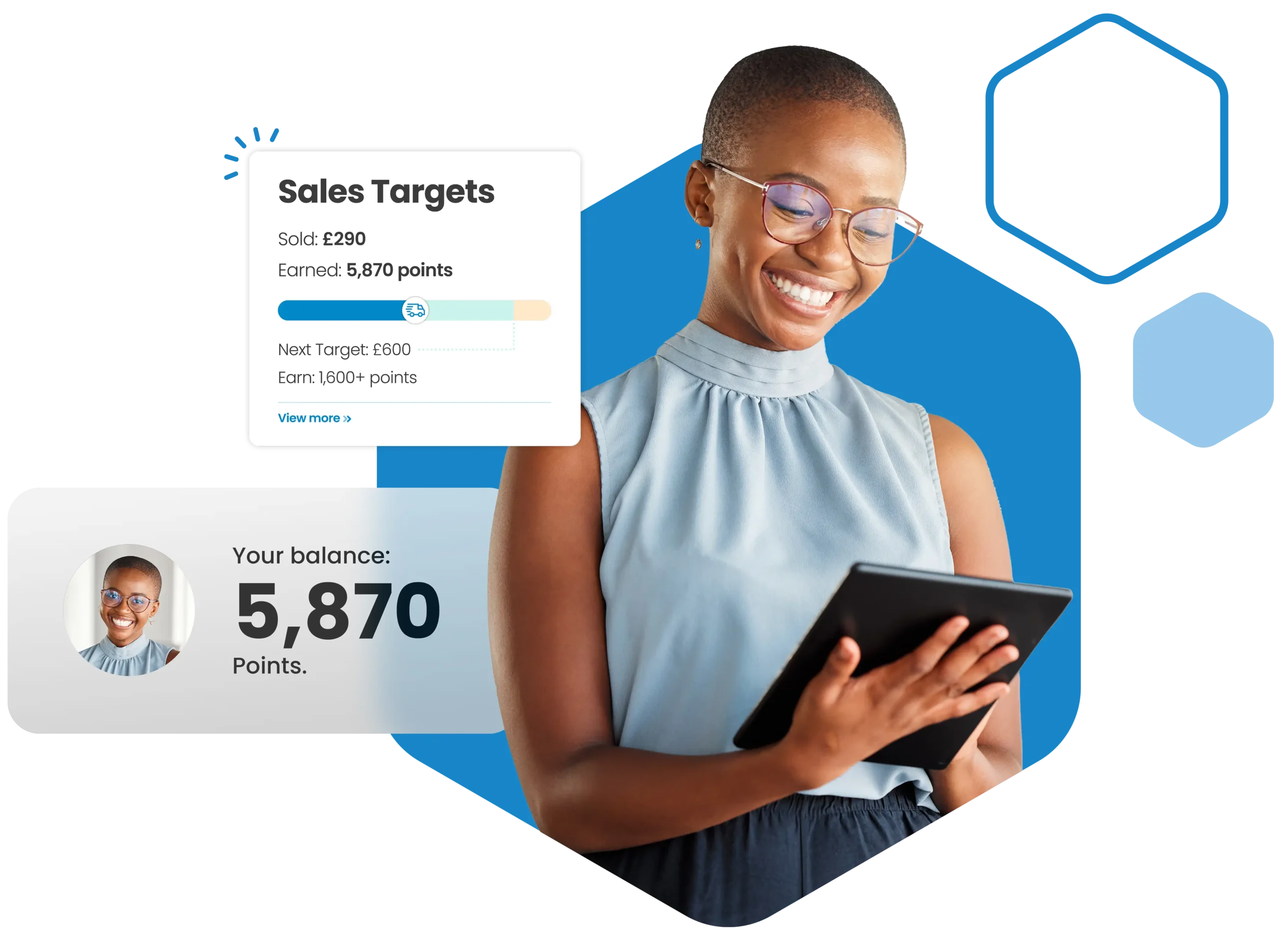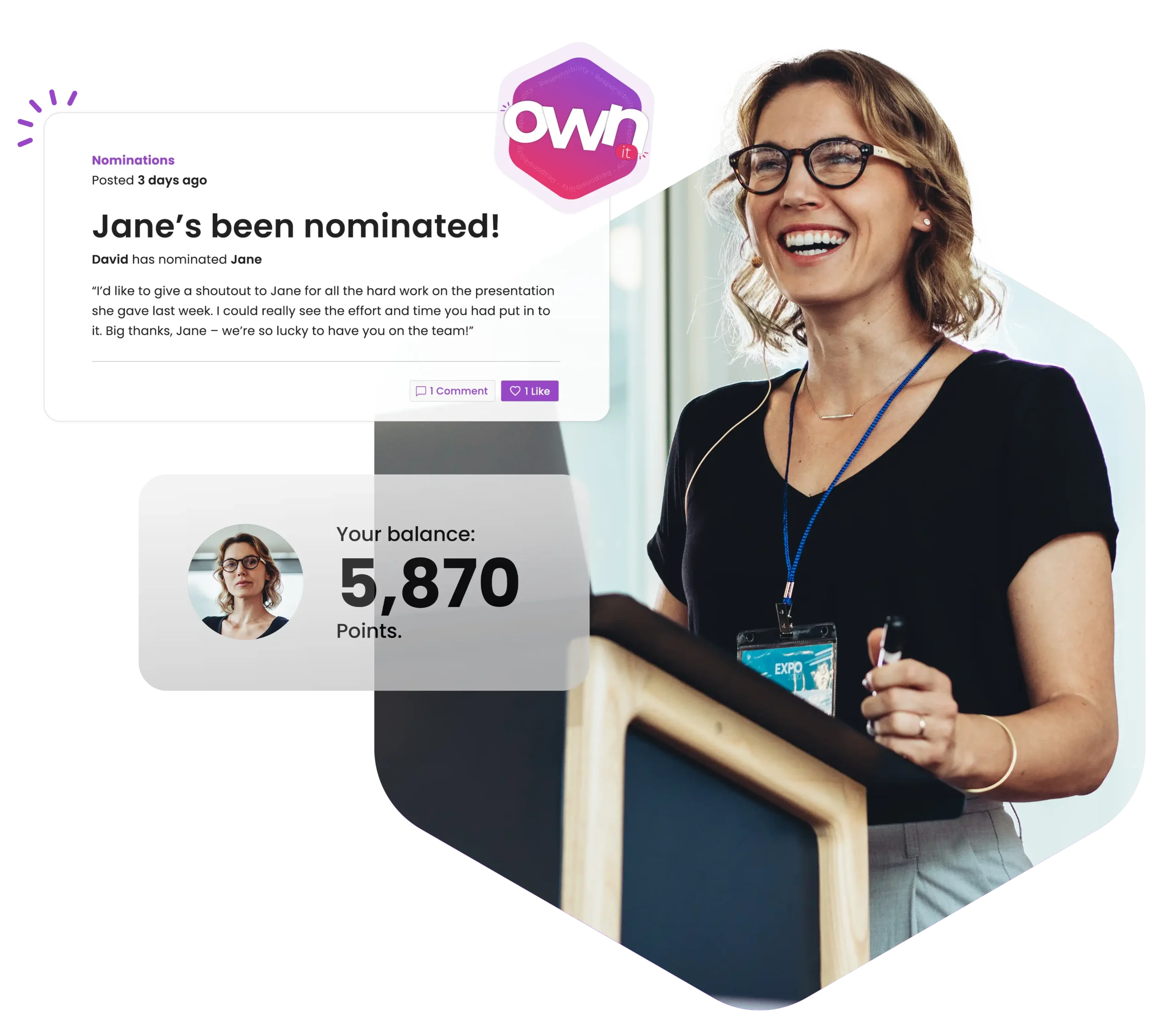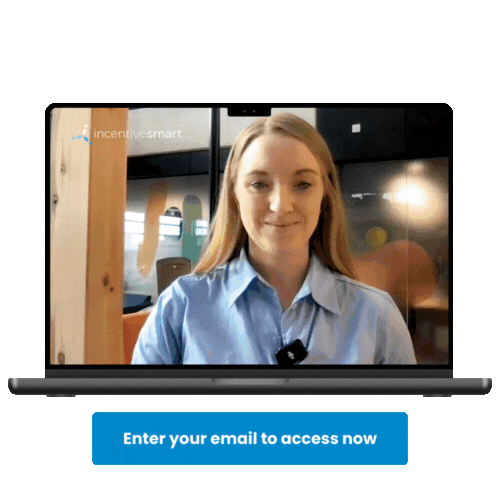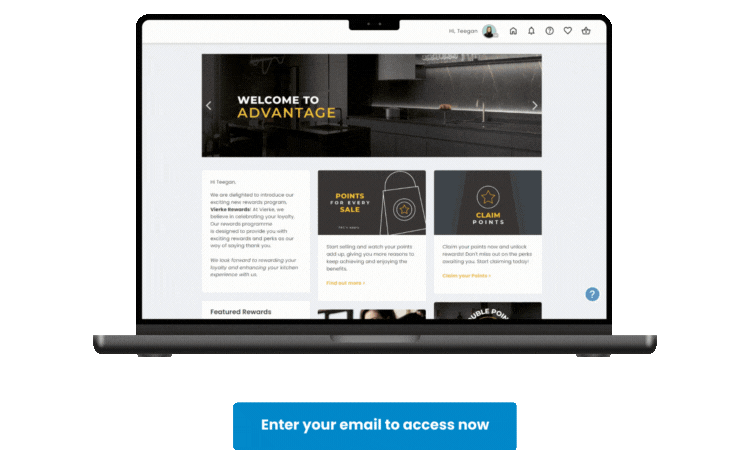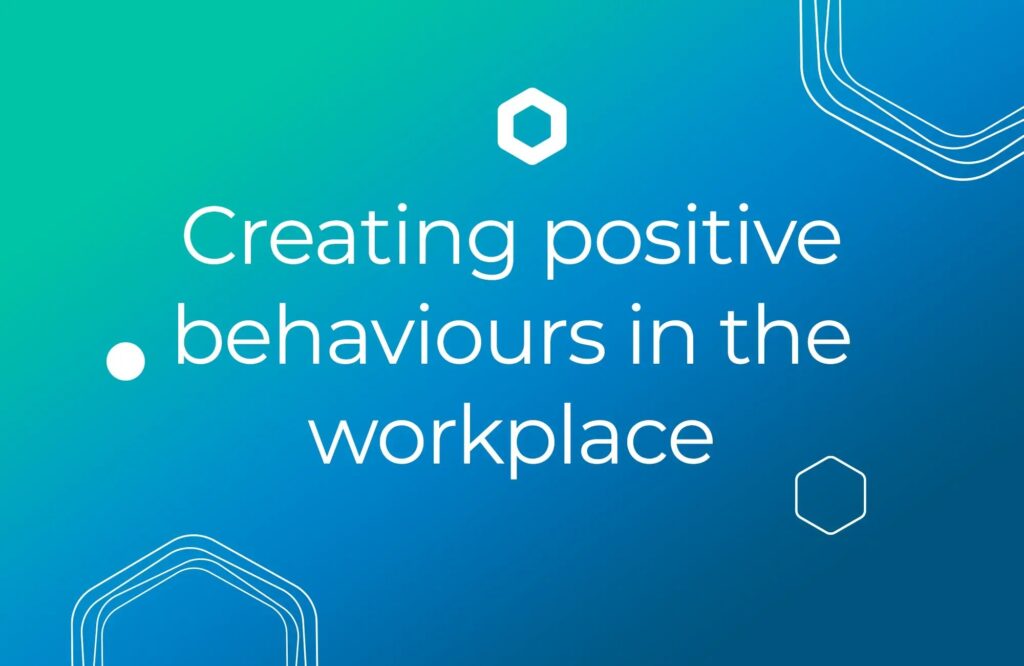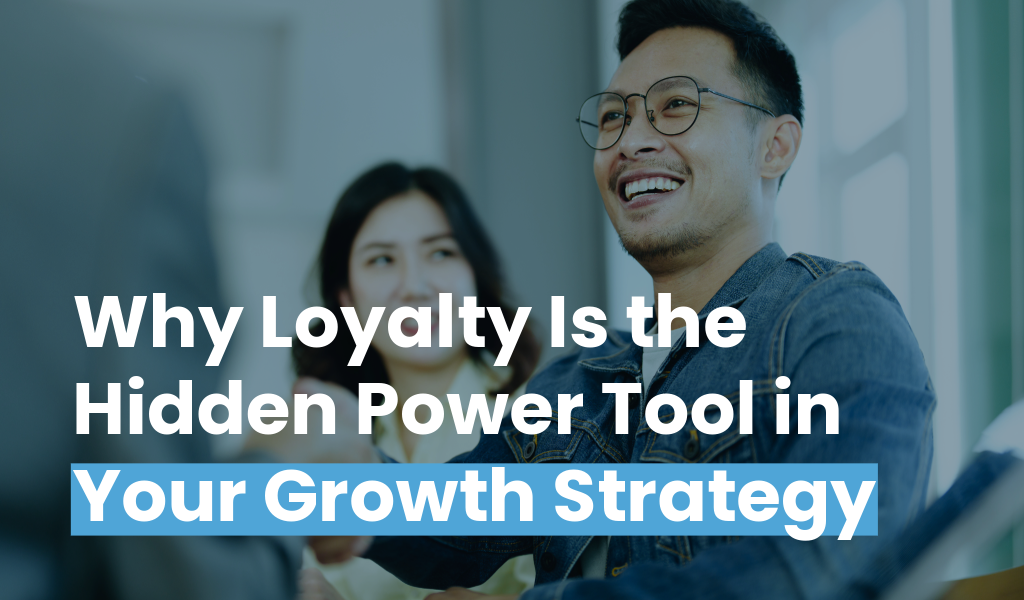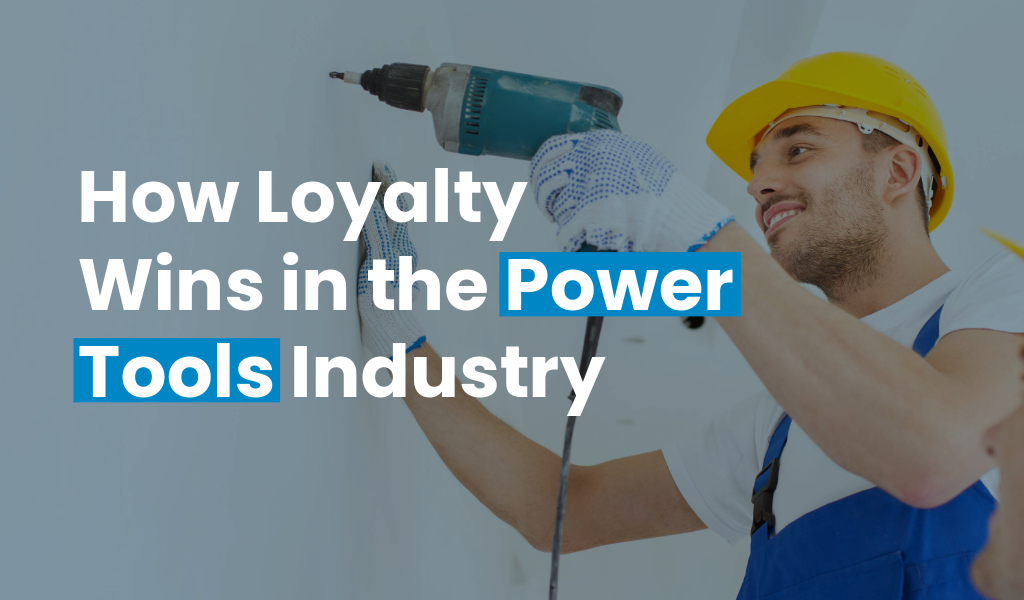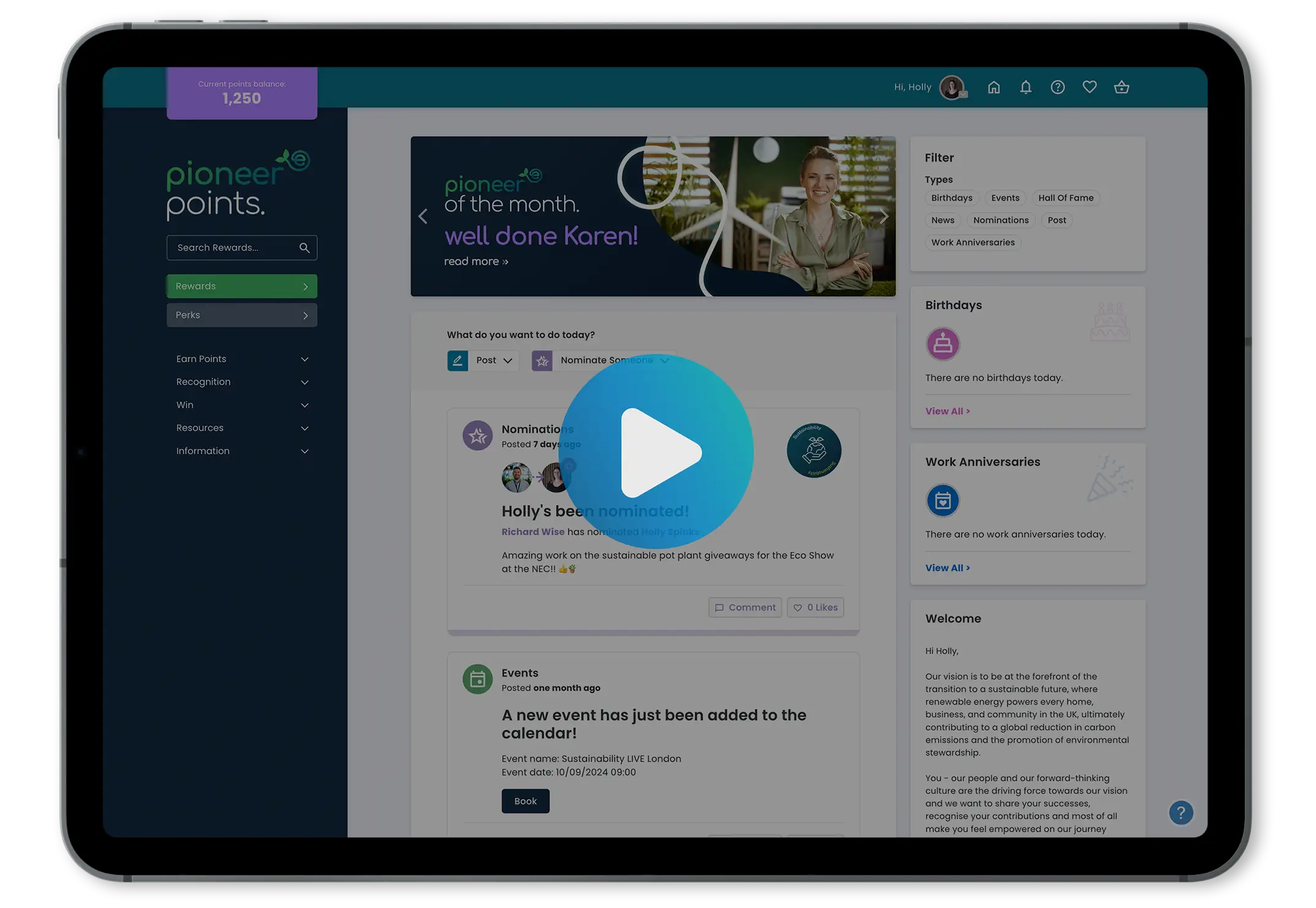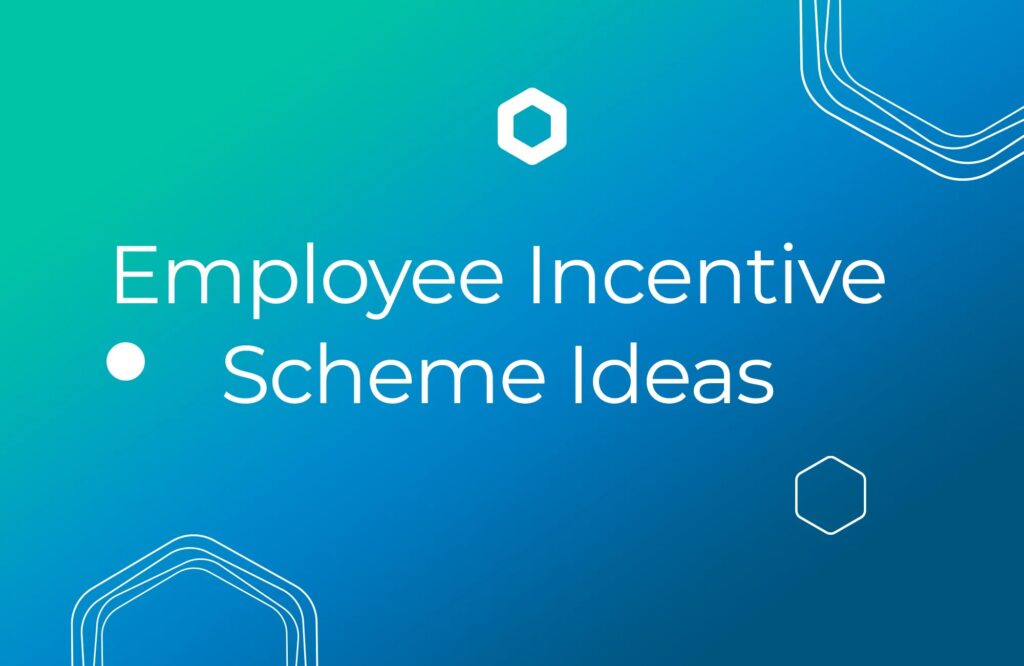


Employee incentive schemes aren’t just ‘pat on the back’ rewards. Organisations should view them as turbo boosters to fire up inspiration, spark motivation, and build unwavering dedication among a team. Picture a well-oiled machine where every part not only does its job but also works in harmony to propel you forward.
So which are the best incentives to introduce to your workplace? And how do these schemes spark employee motivation and transform that into game-changing results?
Let’s find out…
Skip to:
Top employee incentive scheme ideas
Performance-based employee incentive schemes and rewards
 Bonuses
Bonuses
Using bonuses as a strategy to motivate employees and boost their performance has shown impressive results.
When designed thoughtfully, a bonus system not only acknowledges and appreciates the efforts employees put into their work but also gives them a strong reason to go above and beyond (in the short-term at least).
By tying bonuses to clear accomplishments – like hitting sales goals or making projects successful – employees are driven to work towards real and measurable results. Bonuses don’t just lift spirits and make work more satisfying; they also foster healthy competition and encourage ongoing growth.
 Points-based rewards
Points-based rewards
Points-based reward programmes offer a dynamic and personalised approach to appreciating employee contributions. By assigning points for achievements, living company values and exceptional efforts, it becomes a tangible way to acknowledge accomplishments, from teamwork to creativity.
Employees can accumulate points and exchange them for a variety of rewards, including gift cards, merchandise, or experiences.
A system like this makes reward and recognition a game-changer. It adds a dash of excitement to an employee’s day, motivating them and making them feel appreciated.
 Profit sharing
Profit sharing
Profit sharing programmes provide a way for employers to share a part of their company’s profits with employees, usually based on their earnings over a quarter or a year.
Employees get extra money for their retirement accounts, either as cash or stocks, and sometimes as direct payments.
But it’s not just about money – profit sharing makes employees feel like they’re part of the company. They’re invested, loyal and committed to helping the company succeed.
 Commission
Commission
Commission-based staff incentive schemes offer workers extra money based on how well they do their job – so are often the sole domain of sales teams.
When an employee agrees to be part of a commission-based role or structure, it means they will be paid based on reaching a specific goal or target. If they achieve the goal, they earn extra money; if not, they don’t!
 Travel incentives
Travel incentives
Travel incentives have limitless appeal. They are reserved as special rewards to give to employees or teams when they do an exceptional job.
These incentives often form part of a wider programme to incentivise to employees perform better and feel more involved in their work.
Often, these travel incentives feature fully paid trips to wonderful far-flung destinations. Employees (typically sales teams) earn these trips by meeting specific goals within a set timeframe. The name of the game here is to inspire employees with a high-ticket prize!

Token gestures of appreciation
 Gift cards
Gift cards
Open up a world of appreciation by giving out gift cards as a way to motivate employees.
You could give them gift cards for things like magazines they like, getting their car cleaned, buying books, going to the movies or a concert, or even getting their house cleaned.
Or, they could take a class they’ve always wanted, enjoy an experience day or simply go on a shopping spree! The key is to let them choose something that caters towards their personal interests.
These come in handy at Christmas, to celebrate special occasions, or to say “thank you” to employees involved in short-term tactical activity.
 Additional holiday
Additional holiday
How about giving your hardworking employees an additional paid day off, outside of their usual holiday day allowance?
It’s a bonus day just for them, and they can use it whenever they want, without it counting against their annual leave.
This flexible perk is all about making sure employees have a better balance between work and life, which can really make a difference in how much they enjoy their job.
 VIP parking spots
VIP parking spots
Offering reserved VIP parking spots is a cost-effective way to roll out the red carpet and make employees feel special.
This can be a real bonus in workplaces where parking is tight. It adds a dash of fun, friendly competition to the workplace.
 A personal assistant
A personal assistant
Give employees a truly personalised experience by providing them with a dedicated secretary or personal assistant.
This supportive team member can assist with tasks such as filing and other time-consuming duties. Whether presented as an incentive reward or to optimise their workflow, this thoughtful offering is likely to boost their overall job satisfaction.

Celebrating success
 Recognition awards
Recognition awards
Recognition awards are tangible tokens of appreciation and acknowledgement given to employees for their outstanding contributions and dedication within an organisation.
These awards are non-financial, but serve as meaningful symbols of an employee’s exceptional performance and commitment to their work.
Recognition awards often come in the form of certificates, plaques, trophies, or other personalised items that highlight the individual’s accomplishments and contributions.
They play a crucial role in boosting morale, enhancing employee engagement and fostering a positive work environment, as well as inspiring others to strive for excellence.
 Wall of fame
Wall of fame
Here’s an idea to boost team spirit – create a “Wall of Fame” as a special way to appreciate your hardworking team members.
Pick a spot everyone can see in the office and use it to highlight the awesome things your team does. It’s not just for big achievements – even the little victories deserve a shout-out. Mix it up by featuring employees at the end of the month and also at the end of the year for those who really stand out. Put up pictures of team members, their names, what they do, and the great stuff they’ve achieved.
This visual reminder will inspire everyone to aim high and earn their spot on the wall!
 Health and wellbeing programmes
Health and wellbeing programmes
Health and wellness programmes are holistic initiatives aimed at improving employees’ physical, mental, and emotional well-being.
They incorporate activities like fitness challenges, stress management workshops, and mindfulness sessions, emphasising preventive measures and promoting healthy habits.
Mental health support is a vital aspect, offering counseling services and meditation classes to create a supportive work environment. Financial wellness may also be addressed, with guidance on personal finances and future planning.
This type of programme shows an organisation’s commitment to an employee’s overall quality of life, fostering a healthier, happier, and more resilient workforce.
 Employee spotlight podcasts
Employee spotlight podcasts
An Employee Spotlight Podcast is a captivating means to showcase the diverse talents, interests, and stories within the workforce.
This initiative illuminates individual journeys and passions, fostering inspiration and connection beyond daily work routines. By delving into personal narratives, these podcasts deepen understanding among colleagues and amplify voices that might not always be heard, which in turn, promotes inclusivity.
 Celebrate employees’ achievements outside of the workplace
Celebrate employees’ achievements outside of the workplace
Celebrate the unique passions and pursuits of your employees through a dedicated bulletin board or designated space that showcases their involvement in a variety of activities, ranging from athletic competitions to charitable endeavours.
By creating this platform, you’re fostering a sense of camaraderie, unity, and engagement among colleagues, strengthening the fabric of your workplace community.
This space becomes a source of inspiration and connection, sparking conversations, forging new friendships, and perhaps even inspiring others to embark on their own adventures.

Aiding personal development
 Personal growth planning
Personal growth planning
Personal growth plans represent a transformative journey, a unique partnership between employees and organisations focussed on nurturing individual talents, honing skills, and crafting a roadmap to fulfil career aspirations.
Through open two-way dialogues, organisations gain insights into employees’ aspirations, strengths, and areas of development. Then formulate a plan to encompass a spectrum of possibilities, from specialised training and workshops to 1-to-1 mentorship opportunities.
These plans signal a deep-seated commitment to employee well-being and job satisfaction. As organisations provide avenues for professional fulfilment, employees feel valued and empowered. This in turn cultivates loyalty and dedication that contributes to long-term retention and engagement.
 Training reimbursement
Training reimbursement
Enhance your workforce’s expertise through a training reimbursement programme. This strategic initiative is a win-win investment for both your employees and your organisation.
By providing financial support for higher education and certifications directly aligned with employees’ roles, you’re nurturing a culture of continuous learning and development. What’s more, it boosts employee engagement and is a proven method to attract and retain top talent.
 Choice of projects
Choice of projects
Empowering employees with project choice is a transformative way to boost engagement and productivity. This autonomy not only enhances job satisfaction, but also fosters a diverse and collaborative environment where fresh ideas flourish, as well as providing a sense of empowerment.
 Professional networking
Professional networking
Professional networking represents a powerful investment in employees’ growth and expertise, shaping a pathway for continuous improvement and long-term success. By extending invitations to attend conferences, workshops, or specialised programmes, organisations ignite a journey of learning and skill enhancement.
It’s a chance for employees to dive deep into their field, learn from experts, and bring back valuable insights to the team. For those who are hungry for knowledge and always seeking ways to improve, these opportunities fuel their ambitions.
Engaged employees relish the chance to enhance their skills, gain fresh perspectives, and stay at the forefront of their industry. It’s about investing in their growth and ensuring they’re equipped with the latest tools and ideas.
It’s a win-win, where employees thrive, and the organisation benefits from their newfound expertise and enthusiasm.
 Give them a promotion!
Give them a promotion!
Promotions within a company symbolise much more than a mere change in job title – they are badges of honour that signify an employee’s unwavering commitment, skills, and dedication. It ultimately says: “You’re excelling, and we anticipate even greater achievements!”
The journey to a promotion isn’t paved with chance – it’s earned through sustained hard work, consistently surpassing expectations, and going the extra mile, so be sure never to miss giving a promotion when it’s due.

Encouraging team bonding
 Fun team outings
Fun team outings
Use exciting team outings to energise your team. Plan team-building adventures for different groups within your company. These outings will not only motivate other teams to meet their targets, but also boost teamwork and connections.
There are plenty of options – from budget-friendly options like picnics and hikes to fancier rewards like wine tasting or a relaxing spa day.
 Adventure days
Adventure days
Adventure days are a dynamic way to enhance team cohesion and collaboration through exhilarating experiences.
Outdoor activities like high ropes courses promote teamwork, problem-solving, and communication in a natural setting, fostering lasting bonds.
Whereas escape room challenges encourage strategic thinking and teamwork, while adventure sports like rafting and rock-climbing build trust and mutual support.
 Bring a pet to work
Bring a pet to work
Bring-a-Pet Days introduce a delightful dimension to the workplace, cultivating an inclusive environment that celebrates the unique bond between employees and their cherished animal companions. What’s more, it can offer several benefits.
Pets in the workplace can alleviate stress, as well as showing the company’s dedication to employee welfare, as they enjoy playful interactions and soothing moments of cuddles during breaks.

Creating an inviting workplace
 Flexible working
Flexible working
Flexible working arrangements have become a pivotal aspect of modern work culture. If you’re not already, you need to allow employees to customise their schedules and locations to accommodate their individual needs and preferences.
These arrangements can include options like remote work, flexitime, compressed work weeks, or job sharing.
By providing employees with greater control over their work hours and environments, flexible working promotes work-life balance and reduces stress and anxiety. It also contributes to increased productivity and employee retention, as individuals are empowered to optimise their work schedules to align with their peak performance times.
 Subsidised commute
Subsidised commute
Simplify your team’s daily commute with a subsidised commute programme. Make your employees’ journey smoother with complimentary monthly bus or train passes, or even free drop-off and pick-up services.
This initiative isn’t just about helping your team save money, but also, reducing commuting stress and improving wellbeing.
 Family days
Family days
Introducing designated family days alongside existing sick and annual leave provides a valuable support system, particularly advantageous for employees with school-age children.
This initiative streamlines the process of working remotely or taking time off, accommodating situations like snow days, kids’ illnesses, or school-related events. The added flexibility empowers parents to efficiently handle family responsibilities without exhausting their allocated holiday days, nurturing a work environment that prioritises and embraces the needs of families.
 Customised workspaces
Customised workspaces
By giving employees the freedom to infuse their unique style and personality into their workspace, organisations can create a more engaging and comfortable environment.
Ultimately, desks/offices become an extension of employees’ identities, allowing them to surround themselves with items that inspire and motivate them. From photos of loved ones to artwork that resonates with their passions, these personal touches can create a sense of belonging and connection to the space.
When employees have the flexibility to arrange their space in a way that suits their work style, they are more likely to feel comfortable and focused.
 Relaxation room
Relaxation room
Relaxation rooms provide employees with a tranquil escape to unwind and recharge away from the bustling workplace. These dedicated spaces are thoughtfully designed to offer a respite from daily demands, inviting individuals to find solace, reduce stress, and restore mental well-being.
Equipped with plush seating, soothing ambiance, and perhaps calming visuals or sounds, employees can use these spaces to practice mindfulness, meditation, or simply take a few moments to disconnect and recalibrate.
The benefits extend beyond individual well-being, as these rooms foster a positive workplace culture. Employees who utilise relaxation rooms return to their tasks with improved focus, creativity, and a heightened sense of clarity. Additionally, these spaces encourage open conversations about mental health.
 Tech gadgets
Tech gadgets
Tech Gadgets have ushered in a new era of efficiency, creativity, and engagement within the modern workplace.
By offering employees access to cutting-edge devices and tools, organisations unleash a wave of innovation that propels productivity to unprecedented heights.
Equipped with state-of-the-art laptops, tablets, or smartphones, employees navigate tasks with unparalleled ease, harnessing the power of technology to conquer new horizons. Noise-cancelling headphones on the other hand, transport employees into a realm of uninterrupted focus, while ergonomic peripherals, from adjustable keyboards to supportive seating, promote comfort, contributing to physical well-being during extended periods of work.
 Casual dress
Casual dress
The absence of formal dress codes alleviates stress and allows individuals to move more naturally, contributing to enhanced morale and a more relaxed work atmosphere.
What’s more, by empowering individuals to express themselves by wearing clothing that aligns with their personal style, the company showcases its appreciation for diversity and individuality.
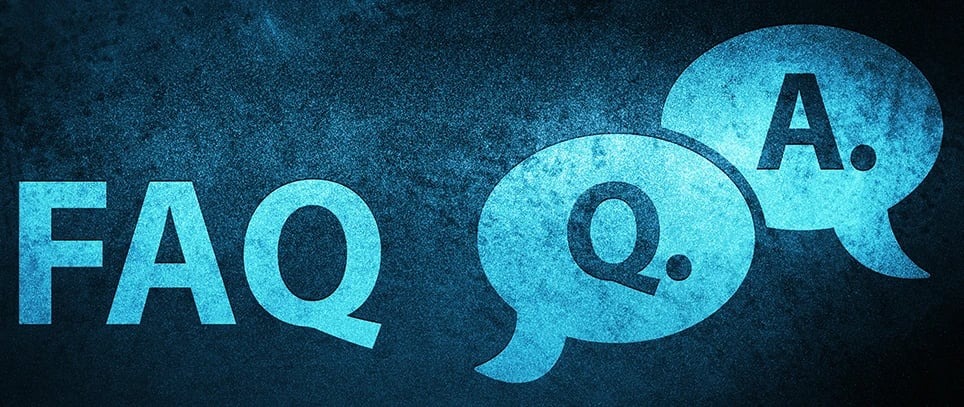
FAQs
Kickstart your employee incentive scheme today
By setting clear goals, offering a mix of rewards, continually celebrating wins, and keeping the excitement alive, you’ll create a dynamic working environment that fuels motivation and propels your team toward exceptional success.
Remember to keep the lines of communication open, learn from feedback, and continuously evolve your scheme to ensure a lasting impact.
Ready to revolutionise your workplace? Then it’s time to inject some energy with an electrifying employee incentive scheme.
